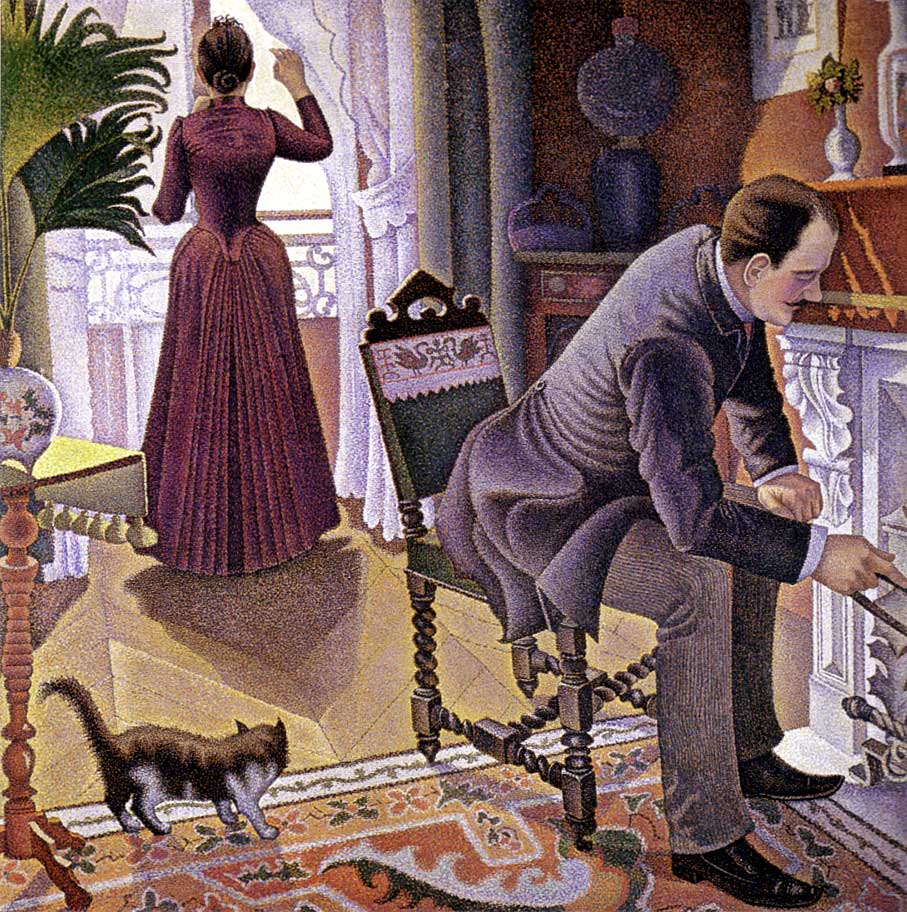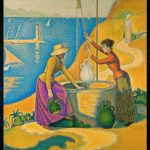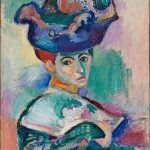
Paul Signac experimented with various media. As well as oil paintings and watercolors he made etchings, lithographs, and many pen-and-ink sketches composed of small, laborious dots.
The Neo-Impressionists influenced the next generation: Signac inspired Henri Matisse and André Derain in particular, thus playing a decisive role in the evolution of Fauvism. Signac himself did not admire the style when it first appeared.
Having prospered well, his financial support of the arts was considerable. As donations, he sent regular cheques and made a gift of his works for five lotteries between 1895 and 1912. Signac’s 1893 painting, In the Time of Harmony originally was entitled, In the Time of Anarchy, but political repression targeting the anarchists in France at this time forced him to change the title before the work could be accepted by a gallery.
Towards Fauvism
At the 1905 Salon des Indépendants, Henri Matisse exhibited the proto-Fauve painting Luxe, Calme et Volupté. The brightly colored composition was painted in 1904 after a summer spent working in St. Tropez on the French Riviera alongside the neo-Impressionist painters Henri-Edmond Cross and Paul Signac. The painting is Matisse’s most important work in which he used the Divisionist technique advocated by Signac, which Matisse had adopted in 1898 after reading Signac’s essay, d’Eugène Delacroix au Néo-Impressionnisme. Signac purchased the work after the 1905 Salon des Indépendants. In 1908 Signac was elected president of the Twenty-fourth Salon des Indépendants.
As president of the Société des Artistes Indépendants, from 1908 until his death, Signac encouraged younger artists by exhibiting the controversial works of the Fauves and the Cubists. He was the first patron to buy a painting by Matisse.
Signac served as a juror with Florence Meyer Blumenthal in awarding the Prix Blumenthal, a grant given between 1919 and 1954 to painters, sculptors, decorators, engravers, writers, and musicians. Source: Wikipedia.




